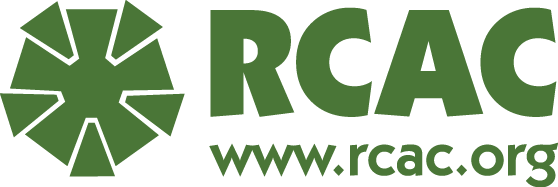Pumps, Motors and Energy Efficiency
Did you know that the higher cost of a premium efficiency motor is usually paid back within the first year or two of service – and can save thousands of dollars in power costs over its lifetime? Pumping water is one of the most inefficient uses of energy there is. Most water pumping systems only convert 50 to 75 percent of the power they consume (and you pay for) into useful work, one of the lowest margins of efficiency of all commercial and industrial uses. Why? The laws of physics mostly, but also simple mistakes made in selecting pumps and motors for a given duty point. This workshop explains how to choose the highest efficiency pumps and motors for your water pumping applications. This session will cover the basics of pump design, selection, terminology and hydraulics. Participants will learn to solve basic wire-to-water efficiency calculations and learn about friction loss in pipes and fittings. We’ll cover the basics of electric motor design, terminology, service factors, NEMA frame types and common variable speed features. Topics will include:
- What to look for in premium efficiency motors and how to calculate energy savings
- The vital information contained on a motor’s nameplate – and why it’s important
- Six factors that cause friction losses and how to minimize them
- How to read and interpret a pump curve
- How BEPs (Best Efficiency Points) vary from one pump manufacturer to another
- Making sense of a pump manufacturer’s performance curve
- The importance of Net Positive Suction Head (NPSH) and its effect on pump performance
- How to calculate energy savings from increased pumping efficiency
Credit Hours
0
Road Scholar Credits
6
Continuing Education Credits (CEUs)
Select A Session
| Date | Session Name | Location | |
|---|---|---|---|
|
Sorry, there are no sessions currently available for this course at this time. | |||



